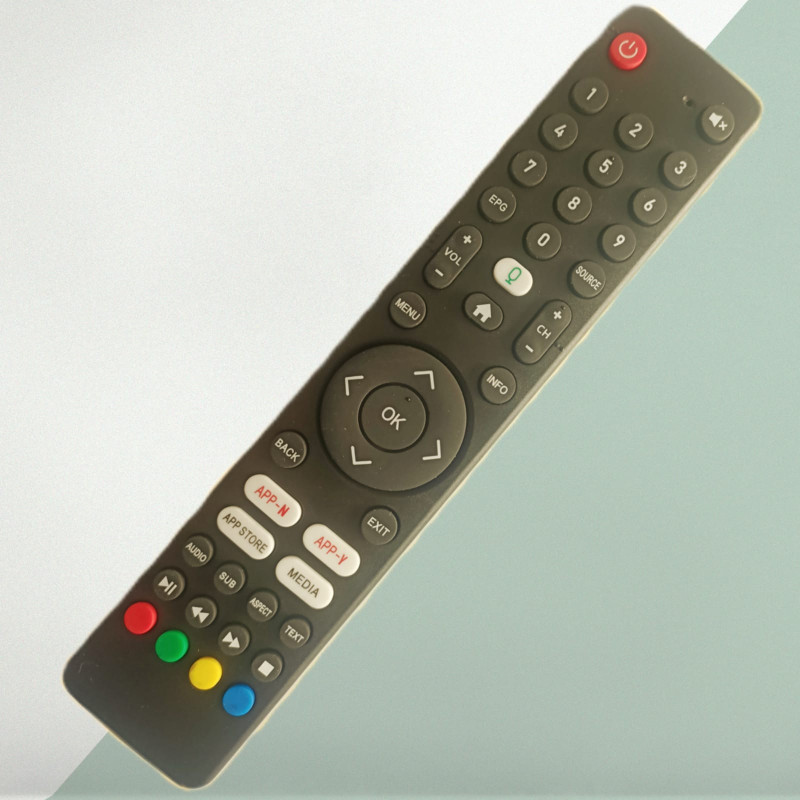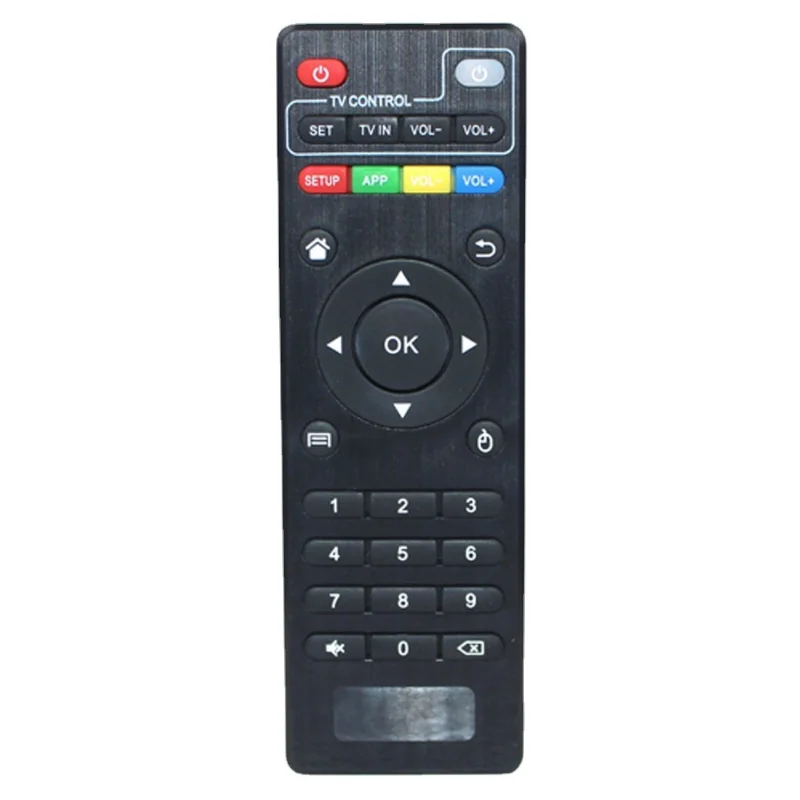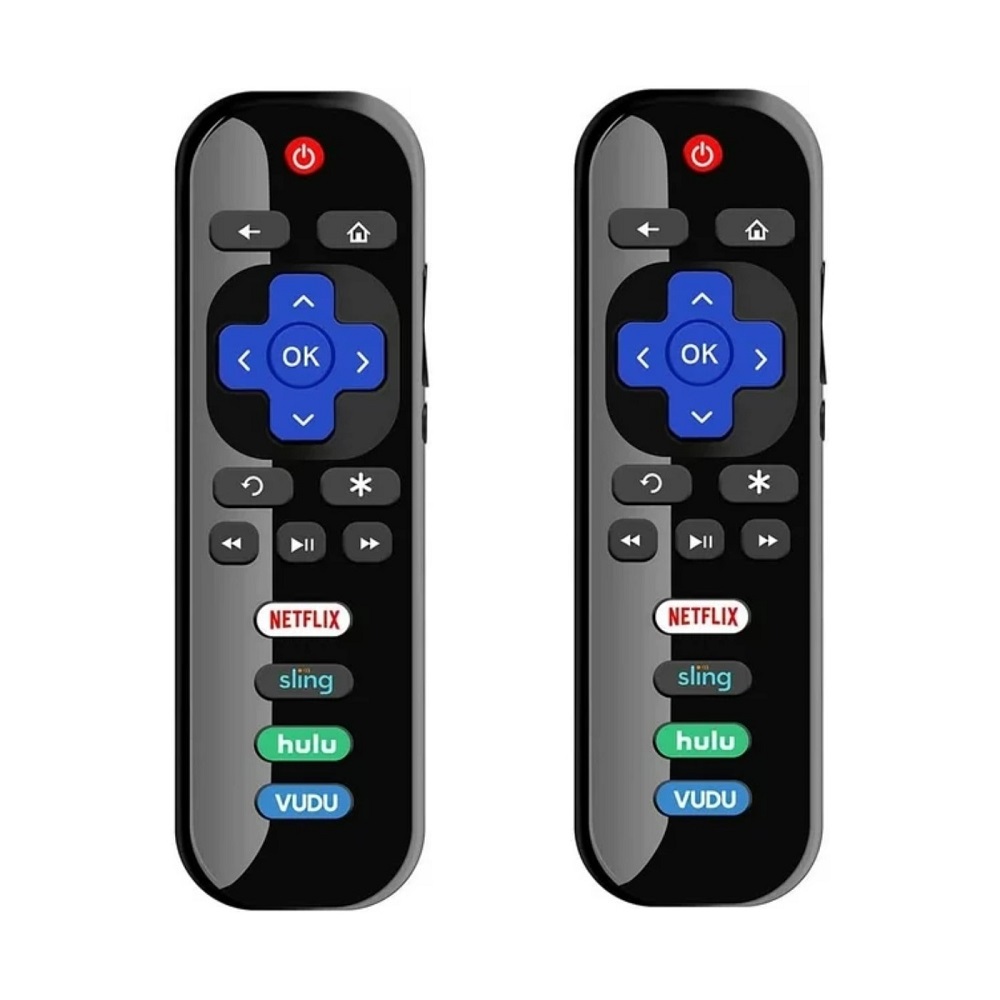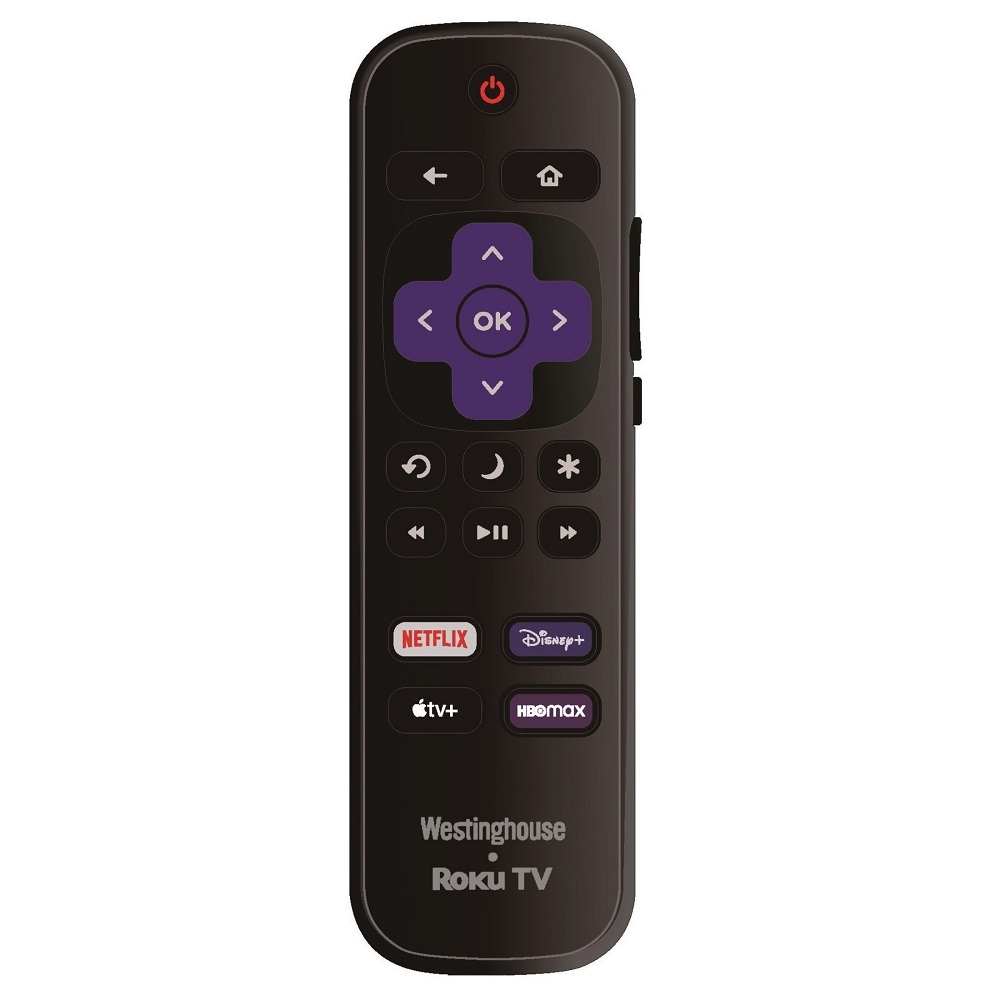Introduction to TV Remote Apps
In our rapidly advancing technological landscape, many might think that owning a smart TV is essential for a seamless viewing experience. However, countless households still cherish their trusty non-smart televisions, which continue to deliver quality entertainment. The good news is that advancements in mobile technology have given birth to innovative solutions, such as TV remote apps designed specifically for non-smart TVs. These apps can transform the way you control your television, making it easier and more convenient to enjoy your favorite shows and movies.
These apps provide users with a digital alternative to the physical remote control. Many features help enhance the viewing experience, allowing one to change channels, adjust volume, and navigate menus from their smartphones. This guide explores the numerous benefits of using TV remote apps for non-smart TVs. Additionally, it examines the setup process, features, and potential limitations, so you know what to expect when diving into this tech-savvy solution.
Why Use a TV Remote App?
Convenience and Accessibility
One of the most compelling reasons to use a TV remote app for a non-smart TV is convenience. Physical remotes often get lost under couch cushions or mixed in with other household items. Frustration arises when you can’t find it right when you’re in the mood to watch your favorite show. A TV remote app eliminates this problem completely. With your smartphone always within reach, you can access your remote control at any time, ensuring that you’re never far from your entertainment.

Moreover, these apps generally have intuitive designs that make navigation easier. You don’t have to remember button placements on your physical remote. Tap your way through channels, menus, and volume controls with simple clicks on your smartphone. This feature is especially beneficial for families with younger children, who may struggle to handle traditional remotes. The touch-screen capabilities of smartphones allow for a more interactive experience that kids can grasp instantly.
Additional Features You Didn’t Know You Needed
Beyond the standard functionalities of a physical remote, TV remote apps come equipped with a myriad of extra features designed to enhance your viewing experience. Many apps allow users to browse TV guides directly from their phones. This feature enables you to see what’s on right now, plan for later, and even set reminders for particular shows—all from the convenience of your mobile device.
Another potent tool that many apps boast is the ability to control multiple TVs within one application. If you have several non-smart TVs in different rooms, you won’t need multiple remotes cluttering your living space. You can easily switch between devices using a single app, making your home entertainment system more streamlined.
Cost-Effective Solution
Upgrading to a smart TV can be a significant financial commitment. Higher-end models can cost hundreds, if not thousands, of dollars. For many households, this is simply not an option. Using a TV remote app for your existing non-smart TV is a much more cost-effective solution. You gain many of the conveniences that come with smart TVs, such as app access and easier control, without making an expensive purchase.
In fact, some TV remote apps are free or have minimal costs associated with them. Even premium versions with additional features tend to be far less expensive than a smart TV upgrade. This financial benefit makes remote apps an appealing choice for those who want to maintain their classic setup while enjoying modern conveniences.
How to Set Up a TV Remote App
Choosing the Right App
The first step in utilizing a TV remote app is selecting the right application for your needs. Various apps are available on both Android and iOS platforms. Some popular options include:
- Unified Remote – A versatile app that not only controls TVs but also various other devices, making it a multi-function tool.
- Peel Smart Remote – Known for its sleek interface and excellent functionality, Peel Smart Remote offers multiple features like TV guide integration.
- Sofia Remote – Specifically designed for certain brands, this app brings simplicity and efficiency.
When selecting an app, read user reviews to get a sense of its reliability. Look for features that cater to your specific requirements. Once you’ve chosen an app, download it onto your smartphone.
Connecting Your Smartphone and TV
The next step is connecting your smartphone to your non-smart TV. Most TV remote apps require both devices to be on the same Wi-Fi network. Ensure that your television is connected to the same network as your phone for seamless interaction. Some apps may offer a direct Bluetooth connection option, but Wi-Fi tends to be the more popular choice for stability and ease of use.
After confirming that both devices are on the same network, follow the prompts in the app to search for your TV. The app should automatically recognize your TV if everything is set correctly. In some cases, you may be required to input a code that appears on your television screen. Once connected, your smartphone will serve as a TV remote control, allowing you to start the fun.
Troubleshooting Common Issues
Setting up a TV remote app is usually straightforward, but issues can arise. One common problem is connectivity. If your phone and TV are not communicating, double-check that they are on the same Wi-Fi network. Restarting your device can also clear up any temporary glitches in the connection.
Another common issue occurs when the app fails to recognize the TV. If this happens, examine whether the TV itself requires any software updates. Manufacturers sometimes release updates to enhance compatibility with newer devices. Following these steps should help resolve most connectivity problems.
Popular Features of TV Remote Apps
One of the most basic but essential features of any remote app is channel navigation. Users can quickly change channels, browse through lists, and return to previously watched channels with ease. This streamlined experience frees users from the hassle of flipping through channels manually using the traditional remote.
Many apps incorporate a touch screen feature that allows users to swipe through channels as if they were flipping through a digital magazine. The ability to set favorite channels makes this process even simpler. Users can access their preferred channels without going through the entire list, saving both time and hassle.
Volume Control
Volume control is another practical feature readily available on most remote apps. Instead of adjusting volume with a physical button, users can swipe up or down on their smartphone screens for precise control. This capability allows for a quick response to abrupt loud noises or quiet scenes without fumbling with the physical remote.
Moreover, this feature is often intuitive and customizable. Users can set their phones to adjust the volume more easily to ensure a comfortable audio level for all viewers. This customization makes the experience much more user-friendly, especially for those who are not technologically savvy.
Integrated TV Guide
As mentioned in previous sections, many remote apps come with an integrated TV guide. This feature streamlines information about programming schedules, allowing users to browse upcoming shows, movies, and events. The convenience of having this information readily available saves users time and helps plan viewing decisions better.
Users can set alerts for upcoming shows they want to watch, ensuring they don’t miss out on their favorites. By integrating this functionality, remote apps turn the viewing experience into something interactive and engaging. All of this information is just a tap away.
Voice Control Features
As technology progresses, newer versions of TV remote apps incorporate voice control capabilities. Many of these apps allow users to issue voice commands to control their TV. This feature means users can switch channels, increase volume, or even search for specific content hands-free.
Voice control can also work to simplify functions like content browsing. Instead of tapping through menus, users can say the name of a show or channel they want. The app will then handle the rest. This hands-free option adds an incredible level of convenience that aims to enhance the overall user experience.
Limitations of TV Remote Apps
Compatibility Issues
While TV remote apps provide multiple benefits, there are limitations to consider. Compatibility can become a significant issue. Not all non-smart TVs support remote functionalities. Older models or certain brands may lack the necessary technology for the app to communicate effectively. Some users may face challenges due to the limitations of the app or their TV brand. This can ultimately affect the effectiveness of the app.
To ensure that your TV can work with the app, research compatibility information beforehand. Check the app’s details in the app store or visit the manufacturer’s website to determine whether your TV model can connect to a mobile remote application.
Dependence on Wi-Fi
Another limitation arises from the need for a stable Wi-Fi connection. If your Wi-Fi experiences interruptions, the app may lose functionality or responsiveness. This dependence can become a pain point in households with fluctuating internet service or weaker network signals.
Additionally, using the Wi-Fi network for the app means that the remote app cannot function if the internet is down. Unlike traditional remotes, which physically manipulate the TV, remote apps won’t be able to perform any commands without Wi-Fi access. Consider this when deciding whether to rely on an app for your remote control needs.
Final Thoughts
The Future of TV Remote Apps
As technology continues to evolve, so too do the features of TV remote apps. The combination of smart functionalities and old-school TVs could become even more profound. Future developments may allow even more intuitive interactions, integrating with home automation systems or even personal digital assistants.
Imagine walking into your home, and your favorite TV show automatically lights up as your phone recognizes you have arrived. Or combine smart speakers and remote apps to create a truly seamless viewing experience. As the digital landscape grows, your non-smart TV can still be a valuable piece of technology in your home.
Summary
Using a TV remote app for non-smart TVs elevates your viewing experience. These digital tools present countless benefits in terms of convenience, additional features, and cost-effectiveness. While challenges such as compatibility and Wi-Fi dependence exist, the positives generally outweigh the negatives for most users. As mobile technology continues to improve, these apps will keep reshaping how we interact with our televisions.
Conclusion
Ultimately, whether you choose to stick with your non-smart television or consider upgrades, embracing technology like TV remote apps can enhance your viewing pleasure. They provide flexibility, options, and control right at your fingertips. With a myriad of benefits waiting to unleash your TV’s true potential, why not give a TV remote app a try today? Enjoy your favorite programs in a modern way—a method that proves that classic televisions still have a place in our high-tech world.


